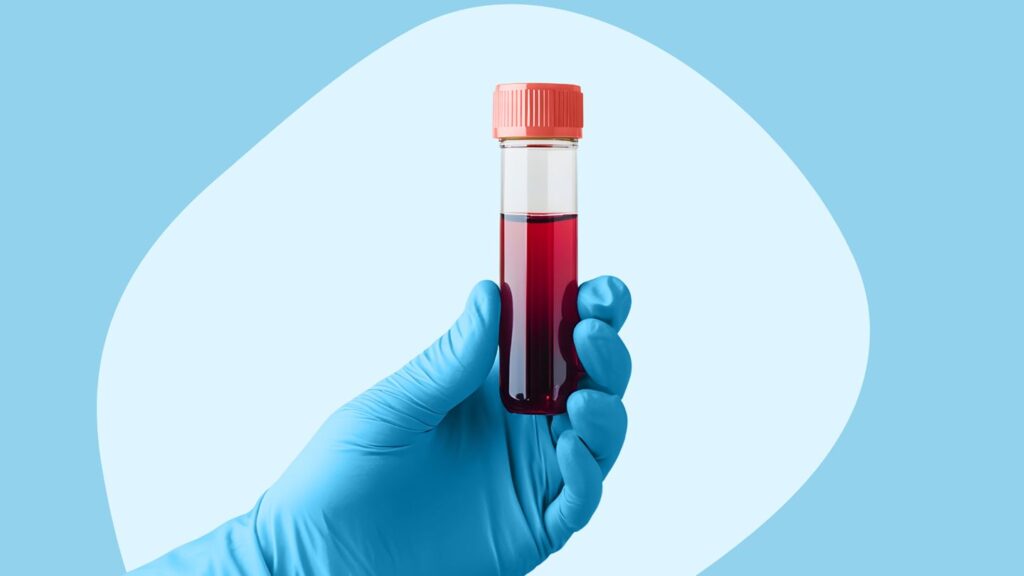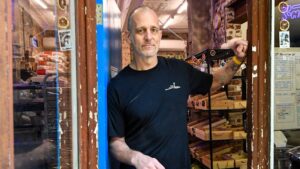
There’s a well-worn cliché within the type 1 diabetes community: a cure has been “five years away” for as long as many can remember. Despite decades of hopeful anticipation, a definitive cure remains elusive. As of now, there is no cure for type 1 diabetes, and even if a breakthrough were to occur imminently, it would likely take much longer than five years to become widely available.
However, there are reasons to remain optimistic. While a single, miraculous cure seems unlikely, significant strides have been made in developing therapies that may one day liberate patients from the need for insulin. This article delves into the current landscape of research and potential treatments for type 1 diabetes.
Understanding a ‘Cure’ for Type 1 Diabetes
Type 1 diabetes is an autoimmune disease where the body’s immune system mistakenly attacks insulin-producing islet cells in the pancreas. A true cure would restore the body’s ability to produce insulin naturally, allowing individuals to maintain normal blood sugar levels without insulin injections or ongoing management.
Dr. Camillo Ricordi, director emeritus of the Diabetes Research Institute in Miami, asserts that a cure must achieve normal blood sugar levels “without antirejection drugs or any toxic interventions that may introduce other problems. You cannot replace diabetes with another disease.”
Current Therapeutic Advances
Over the past two decades, significant progress has been made in therapies aimed at restoring insulin independence. These include pancreas and stem cell transplants, which, while promising, still require immunosuppressive drug regimens to protect transplanted cells. Thus, they are not considered true cures.
Pancreas Transplants
Pancreas transplants can eliminate the need for insulin in some patients, essentially reversing type 1 diabetes. However, this option is not practical for most due to several factors:
- The need for lifelong antirejection drugs
- Only about half of recipients achieve true insulin independence
- The surgery is intense, expensive, and risky
- Donor pancreases are scarce
Consequently, pancreas transplants are rare and typically reserved for patients already undergoing kidney transplants or those with severe management challenges.
Islet Cell Transplants
Islet cell transplants involve transplanting only the insulin-producing cells, making the procedure less invasive. Some recipients have maintained healthy blood sugar levels without insulin for over a decade. However, the procedure’s effectiveness is limited by the need for antirejection medication and multiple infusions.
Until recently, this therapy was not approved in the United States, and its availability remains constrained by the scarcity of donor pancreases.
Lab-Grown Islet Cell Transplants
To address donor scarcity, researchers have developed lab-grown islet cells using stem cells, offering a potentially limitless supply for transplantation. While still in experimental trials, results have been promising. In a trial of the lab-grown islet cell therapy zimislecel, ten out of twelve volunteers achieved full insulin independence after one year.
This treatment could be a practical cure for type 1 diabetes, but it must undergo extensive stage 3 testing to assess safety and efficacy. Even if successful, its availability may be limited to those with specific needs.
The Challenge of Immunosuppression
The final hurdle in developing a cure, according to Dr. Ricordi, is creating a therapy that does not require ongoing antirejection drugs. These medications can cause severe side effects, increase infection risk, and even harm the transplanted cells.
Research is focused on protecting or hiding islet cells from the immune system. Potential solutions include:
- Gene-editing techniques to hide transplanted cells
- Physical barriers to encapsulate cells while allowing glucose and insulin exchange
- Immunosuppressive microgels mixed with islet cells
- Nanocarriers for precise drug delivery
While these technologies are in early stages, and some have failed, the pursuit continues. Improving antirejection drugs could also reduce side effects and enhance cell function.
Islet Cell Regeneration
Beyond transplantation, researchers are exploring therapies to regenerate the body’s insulin-producing capacity. Adult pancreases may contain progenitor cells that can become beta cells, or existing beta cells might duplicate themselves. These therapies would still require protection from autoimmune attacks.
Dr. Ricordi advocates for a multi-pronged approach, stating, “I believe in a combination strategy. I’m not sure there will ever be a silver bullet that will be 100 percent successful for everybody.”
Timeline and Cost Considerations
Dr. Ricordi, a veteran in diabetes research, suggests we may be years away from experimental proof of a cure that restores insulin production and protects cells from the immune system. However, even in an optimistic scenario, it could take years to transition from lab success to widespread availability.
Even after FDA approval, a cure might be limited to a small subset of patients and could be prohibitively expensive. “Advanced cell therapies can cost hundreds of thousands of dollars,” warns Ricordi.
While progress is exciting, patients should temper expectations for a cure in the near future. “We don’t want to create false hope,” Ricordi emphasizes.
Automated Insulin Delivery Systems
While not a cure, automated insulin delivery (AID) systems offer significant improvements in diabetes management. These systems, combining continuous glucose monitors and insulin pumps, adjust insulin delivery automatically, reducing the burden of diabetes management.
Current AID systems enhance quality of life but still require manual insulin dosing for meals and sugar intake for hypoglycemia. Future advancements may offer systems so efficient that patients can temporarily forget about their diabetes.
In conclusion, while there is no cure for type 1 diabetes today, advancements in research and technology offer hope for the future. Until then, therapies like AID systems continue to improve the lives of those living with the condition.







